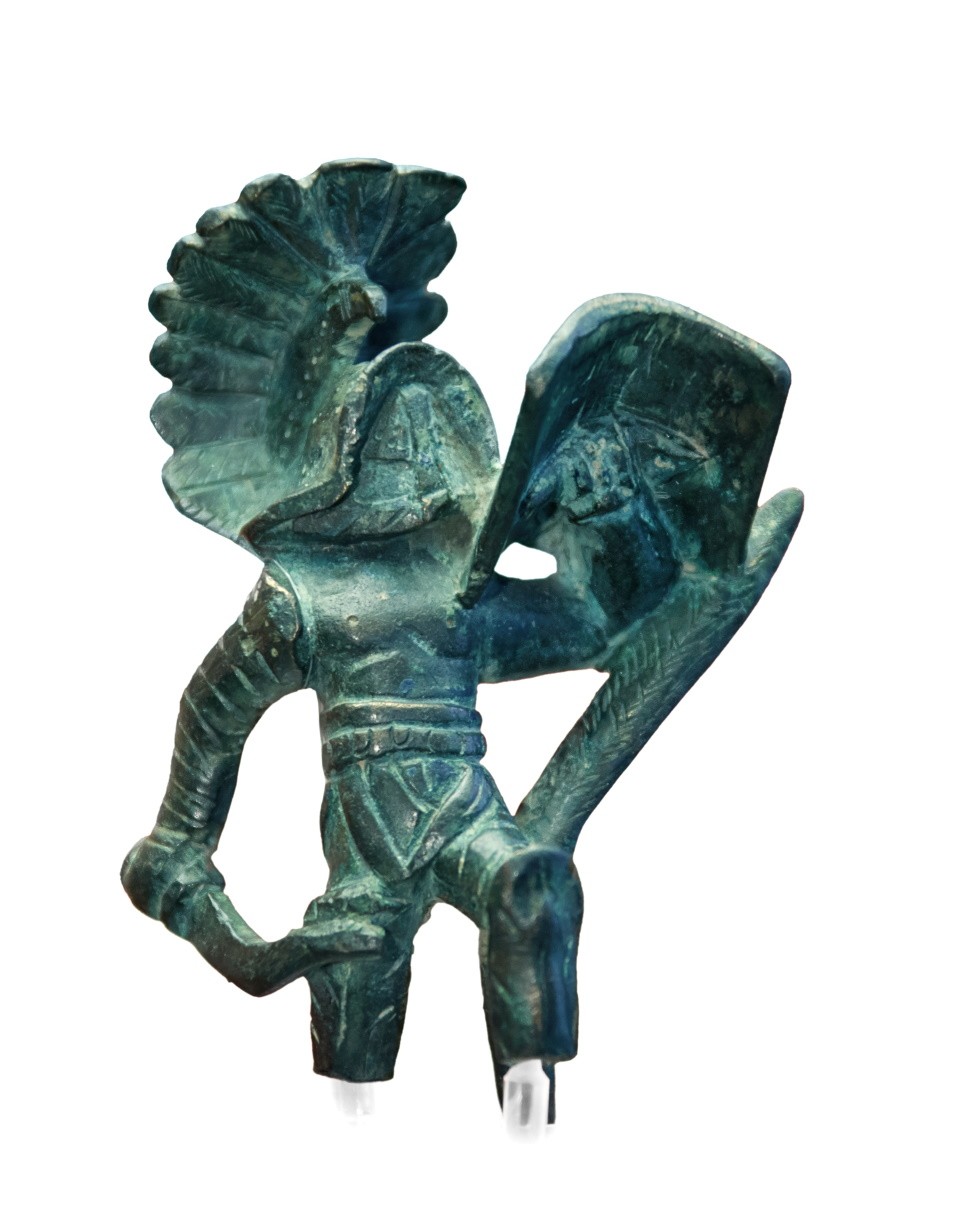Gladiator fights and animal hatches were not part of the regular ludi, the public games, as they were donated by private individuals and the emperors on special occasions. But they were ultimately crowd puller number 2 in the great canon of "panem et circenses" (bread and games). Along with the general popularity of this "combat sport", gladiatorialism found its way into applied art. Numerous reliefs, mosaics, lamp mirrors and other everyday objects bear witness to this enthusiasm and help to illustrate the events described in the sources. (AVS)
en
















